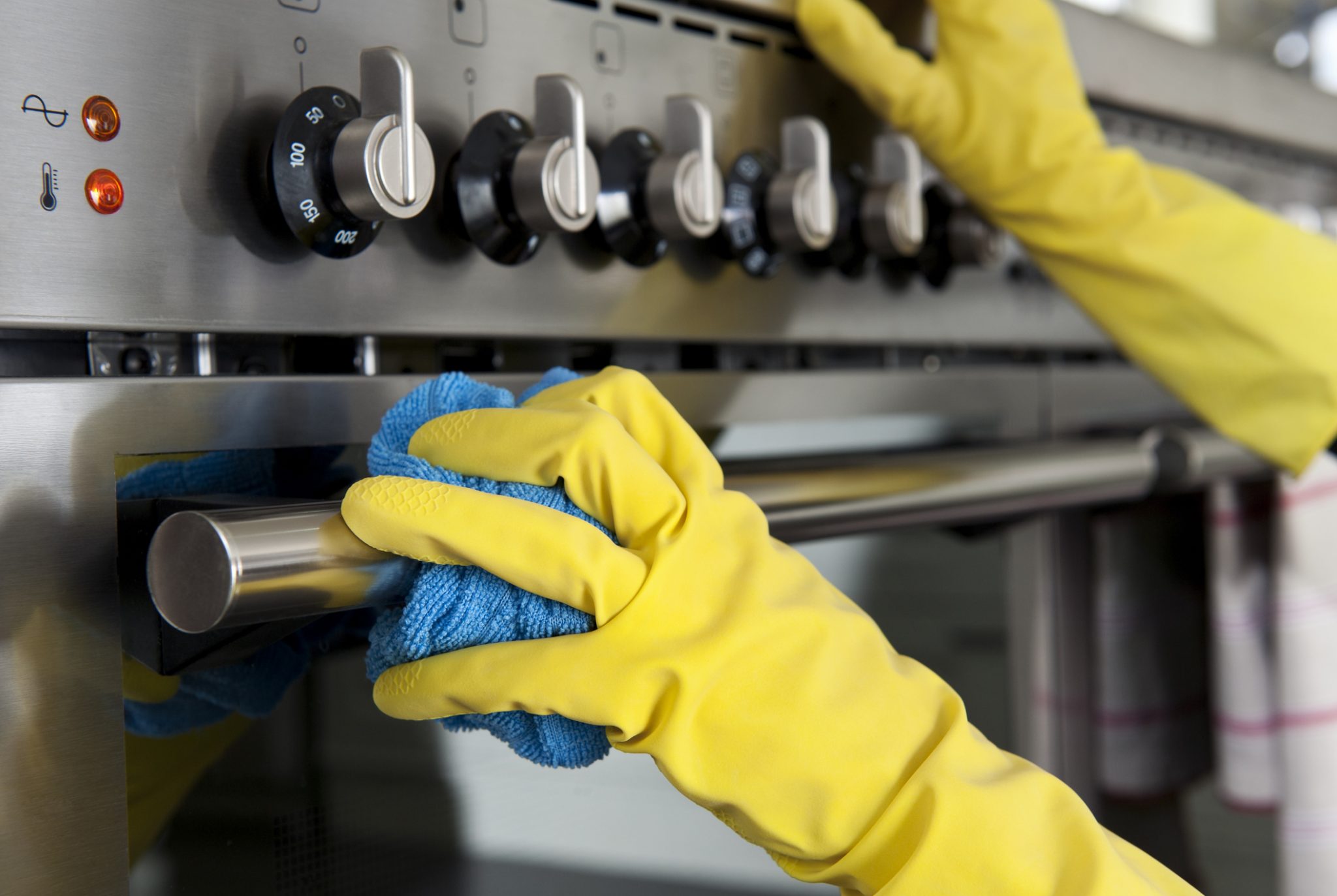Alabama Cottage Food Law

Food safety should be your first consideration when preparing food for your family or customers. Before you start food preparations, consider these recommendations to ensure the highest level of food safety for your products.
CLEAN YOUR KITCHEN FROM TOP TO BOTTOM
Cleaning Solution
- Detergents and warm water make an excellent cleaning solution. Do not clean food-contact surfaces with chemicals that are not approved for food-contact use.
- Clean all surfaces before you sanitize.
Chlorine Sanitizing Solution
- Use 1 teaspoon of unscented chlorine bleach per gallon of water.
- Chlorine acts quickly. Chlorine becomes inactive quickly.
- Discard chlorine solutions that are stored in an open container daily. Chlorine in a tightly closed bottle will last about a week.
- Store chlorine, in any form, in a cool, dark place to keep its strength.
How Often Should You Clean & Sanitize?
- Before starting your preparation.
- After using an allergen such as milk, eggs, peanuts, tree nuts, soy, wheat, and sesame.
- When moving from one task to another.
Counter Tops and Other Work Spaces
- Clean counter tops with hot, soapy water.
- Rinse surfaces with clean water to remove soap residue.
- Wipe with a sanitizing solution.
- Allow to air dry.
Floors
- Sweep floors to remove any loose dirt.
- Mop the swept floors with a cleaning solution to ensure food safety.
Utensils and Equipment
- Clean and sanitize pots, pans, bowls, spoons, measuring cups, etc., used in your process.
Personal Hygiene for You and Helpers
- Put on clean clothes.
- Wear a hair restraint, such as a cap, or tie back hair.
- Remove nail polish and jewelry.
- Cover cuts or sores on hands with a bandage and wear single-use gloves.
- Wash your hands (20 seconds with soap and warm water) after touching your face, handling allergens, when moving from one task to another, after using the bathroom, and after any time your hands may have become contaminated.
- DO NOT prepare food while experiencing symptoms of vomiting or diarrhea.
- DO NOT allow eating or smoking while you are preparing cottage food products.
- DO NOT let small children or babies in the kitchen area while preparing food.
- DO NOT have pets in the kitchen during food preparation.
Allergens
- A food allergen is a naturally occurring protein in an ingredient or food that people can be sensitive to. Major food allergens include milk, eggs, peanuts, tree nuts, soy, wheat, and sesame. It is recommended to list all allergens on the label but not required under Alabama Cottage Law. It is required to state on the label: This product may contain allergens.
- Consumers may have food allergies other than the ones addressed as major allergens, and allergic reactions can be fatal. As a producer, you must be able to answer questions about your products and ingredients for any consumer with any food allergy.
- To avoid transferring allergens from one product to another—known as cross-contact—prepare foods that do not include major allergens before preparing foods that do contain any of the major food allergens, as an example, cook chocolate chip cookies before you cook peanut butter cookies. Thoroughly wash, rinse, and sanitize pans and equipment between products. Discard parchment paper between products.
Water Supply
- Use water from an approved and maintained public water system or a well that has been properly tested. Consult your health department about testing frequency for a private water supply; this should be done at least annually.
- Do not prepare food if you do not have a safe water supply.
Storage of Food Supplies
- Store cleaning supplies separate from your food items.
- Store ingredients for your food processing business separate from household food supplies.
- Store utensils and other equipment used specifically for food processing in a separate area from household equipment.
Quality
- Develop a standard recipe to ensure that you produce the same result every time.
Handling the Finished Product
- When handling a ready-to-eat product, always wear gloves. Consider using nonlatex gloves to avoid allergen cross-contact.
- Do not handle ready-to-eat foods with bare hands.
Storage of Your Finished Product
- Make a place to store your finished product separate from your personal household items.
- Store on shelves off the floor.
- Store your food in a dry, cool place.
- Develop a storage rotation system of FIFO (first in, first out).
Required Labeling in a Minimum 10-Point Font:
- Name of the individual or business
- Physical address or post office box of the individual or business
- Common name of the food
- Statements: This food is not inspected by the health department. This product may contain allergens.
- List of ingredients: Ingredients and subingredients in parentheses must be listed in descending order of predominance by weight.
- Note: Every package must have a label attached.
Recommended Labeling Should Include the Following:
- Name of the product in bold print
- A statement including a list of allergens. Example: Contains: Milk, Eggs, Peanuts
- Weight of the product or volume.
- Example weight: 1 lb. 3 oz.
- Example volume: 8 fl. oz.
Packaging
- Purchase food-grade packaging material.
- Cover all products for safe transport by the customer.
 Revised by Christiana Mendoza, Regional Extension Agent, Food Safety, Preparation, and Preservation, Auburn University. Originally written or revised by Jean Weese, former Extension Food Safety Specialist; Alice Moore, Regional Extension Agent, Food Safety and Quality; and Christiana Mendoza, Regional Extension Agent, Food Safety, Preparation, and Preservation, all with Auburn University
Revised by Christiana Mendoza, Regional Extension Agent, Food Safety, Preparation, and Preservation, Auburn University. Originally written or revised by Jean Weese, former Extension Food Safety Specialist; Alice Moore, Regional Extension Agent, Food Safety and Quality; and Christiana Mendoza, Regional Extension Agent, Food Safety, Preparation, and Preservation, all with Auburn University
Revised July 2024, Alabama Cottage Food Law: Food Safety, FCS-2059

